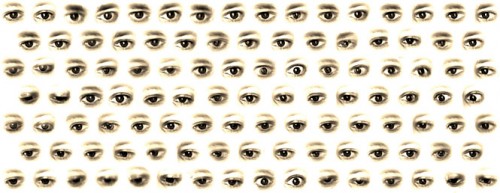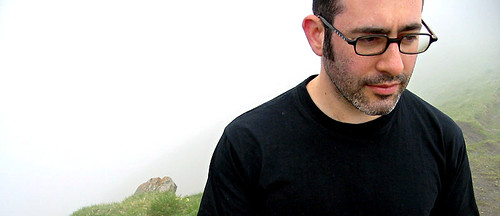I’m standing in for Ethan Zuckerman, blogging from TED today. This post is part of a series from the TED 2009 conference held in Long Beach, California from February 4-8th. You can read other posts in the series here, and the TED site will release video from the talk in the coming weeks or months. Because I’m putting these posts together very quickly, I will get things wrong, will misspell names and bungle details. Please feel free to use the comments thread on this post to offer corrections. You may also want to follow the conference via Twitter or through other blogs tagged as TED2009 on Technorati.
Golan Levin is an artist and software engineer who is here to talk to us about experiments in interactive art. He asks, “Where is the “art” category in the iPhone app store?” Golan is interested in discovering how to empower people through interactive art.
Currently, he’s walking us through how certain sounds have a higher probability of creating certain shapes. Then, how the tool he created takes people’s voices and throws letters and shapes onto a canvas in real time. This has repercussions for voice recognition software.
This is called Ursonography, and below is an example of it:
Ursonography (Excerpts), Jaap Blonk & Golan Levin, 2007 from Golan Levin on Vimeo.
Now he’s really doing some crazy things with eye-tracking software and the way that it can be used to create art that knows it’s being looked at and creates itself. He calls this Eyecode.

